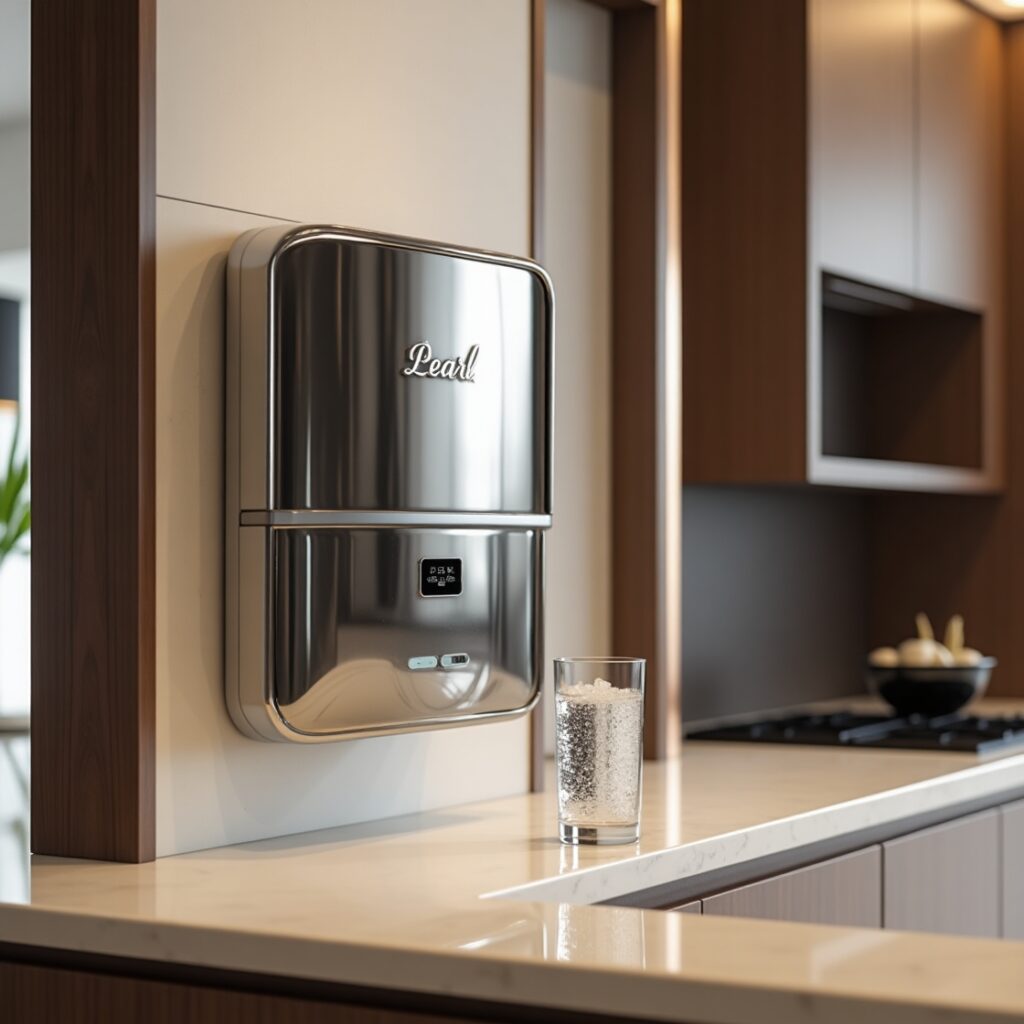Discover the importance of RO filters in purifying water. Learn how RO filters from Pearl Water Technologies ensure safe and healthy drinking water.
Index:
Introduction to RO Filter
Why You Need an RO Filter
How RO Filtration Works
Key Components of an RO Filter
Benefits of Using Pearl Water Technologies’ RO Filters
Installation & Maintenance Tips
Why Choose Pearl Water Technologies
Conclusion
FAQs
Introduction to RO Filter
In a world where water pollution is rapidly increasing, ensuring access to clean and safe drinking water is more important than ever. An RO filter (Reverse Osmosis filter) is one of the most reliable and efficient solutions for purifying contaminated water. Whether you’re using borewell, tap, or tanker water, an RO filter removes harmful substances, giving you water that’s not just safe but also healthy.
Why You Need an RO Filter
Contaminants like chlorine, fluoride, heavy metals, and bacteria are common in untreated water. Over time, consuming such water can lead to serious health problems like gastrointestinal infections, kidney issues, and even cancer.
An RO filter helps eliminate:
Total Dissolved Solids (TDS)
Lead, Arsenic, Fluoride
Bacteria and Viruses
Nitrates and Chlorine
That’s why an RO filter is not just a choice—it’s a necessity for every household and office.
How RO Filtration Works
The RO process uses a semipermeable membrane to filter out impurities. Water is forced through the membrane under pressure, leaving behind contaminants while allowing only clean water molecules to pass through.
This multistage process usually includes:
Sediment Filter: Removes dirt and rust
Carbon Filter: Eliminates chlorine and odors
RO Membrane: Filters out dissolved solids and microorganisms
Post Carbon/Alkaline Filter: Enhances taste and pH
Key Components of an RO Filter
Pearl Water Technologies uses only the highest quality components in its RO filters:
High-Pressure Pump
RO Membrane (Thin-Film Composite)
Inline Carbon & Sediment Filters
Food-grade Water Storage Tank
Automatic Shut-Off Valves
These components ensure efficient filtration, extended life, and minimal maintenance.
Benefits of Using Pearl Water Technologies’ RO Filters
Advanced Filtration Technology: Up to 99% TDS removal
Long-lasting Components: Durable and efficient design
Compact & Elegant Design: Fits any kitchen space
Easy Maintenance: Plug-and-play installation
Great Taste: Natural-tasting, odor-free water
Pearl Water Technologies has gained trust nationwide due to its premium quality and excellent customer support.
Installation & Maintenance Tips
Installation is simple and typically completed within 30 minutes. The unit can be wall-mounted or placed under the sink. Here are some quick tips:
Replace pre-filters every 3–6 months
Replace the RO membrane every 12–18 months
Clean the storage tank regularly
Use Pearl’s RO Filter Kits for easy replacements
Why Choose Pearl Water Technologies
Pearl Water Technologies stands out because of:
IS-compliant manufacturing standards
In-house QC and testing labs
Nationwide doorstep delivery
Affordable pricing with top-notch quality
Our filters are ideal for Indian water conditions and built to last with superior materials.
Conclusion
In summary, an RO filter is your frontline defense against impure water. Pearl Water Technologies ensures you receive the best RO filter systems, combining advanced filtration, durability, and easy maintenance. Choose health. Choose quality.
For more info, visit :-Pearl Water Technologies RO Filter.
FAQs
Q1: How often should I change the RO filter?
A: Pre-filters every 3–6 months, RO membrane every 12–18 months.
Q2: Can I use Pearl’s RO filter for borewell water?
A: Yes, it’s designed to handle high TDS from borewell water.
Q3: Is installation provided?
A: Yes, professional installation is available across most Indian cities.
Q4: Does this filter remove fluoride?
A: Yes, RO membranes effectively remove fluoride and other harmful chemicals.
Q5: What if the water tastes bitter after installation?
A: It may take a few liters to flush new filters. If taste persists, contact our support.


